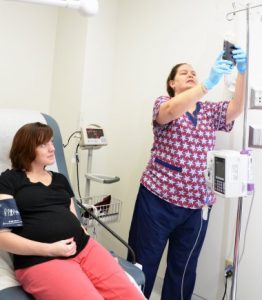Radiation Protection Agencies and Regulations
In the United States, the regulation and oversight of radiation safety are conducted through an intricate system of state-specific organizations accompanied by a comprehensive set of regulations. Each state has its own regulatory department dedicated to enforcing these standards, ensuring consistent application and adherence to radiation safety protocols across various localities. These state departments play a crucial role in:
– **Supervising Safety Measures:** Ensuring that safety measures are implemented effectively.
– **Monitoring Compliance:** Regularly checking that regulations are being followed.
– **Maintaining Public Health:** Protecting public health and safety concerning radiation use and management.
State-Specific Oversight
Each state has its own set of regulations and oversight mechanisms. For example, the California Department of Public Health has specific guidelines and requirements for radiation safety. For more details, visit their official site [here](https://www.cdph.ca.gov/).
Global Radiation Safety Regulations
The global landscape of radiation safety regulation is similarly complex, with various national and international regulations in place. Countries around the world, alongside key international bodies, develop and enforce their own unique sets of standards. A prominent international entity is the:
– **International Atomic Energy Agency (IAEA):** The IAEA plays a crucial role in setting global radiation safety standards and fostering international collaboration. They help synchronize approaches to radiation protection and nuclear safety across different nations. For more information, you can visit the IAEA’s [official website](https://www.iaea.org/).
Comprehensive Framework
The regulatory framework for radiation safety in the U.S. involves complex and sometimes overlapping layers of jurisdiction. Despite the complexity, these regulations are critical for ensuring safety across various industries where radiation is used. They serve as a fundamental component of administrative controls, protecting public health and environmental integrity by overseeing the proper use and management of radioactive materials.
Cataloging all radiation-related agencies, policies, and laws within the United States would require an extensive volume far beyond the scope of this text. However, it is evident that these regulatory measures are essential for maintaining high safety standards and minimizing radiation risks.
Continue reading

